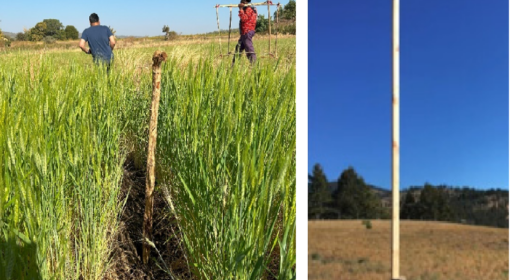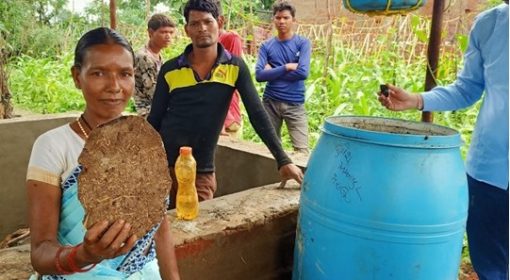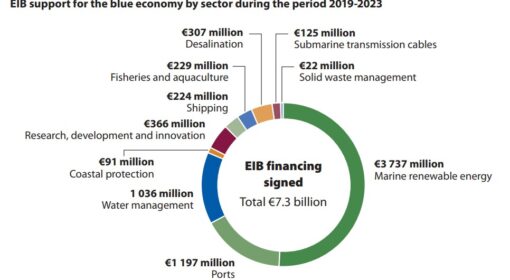By Frank van Steenbergen
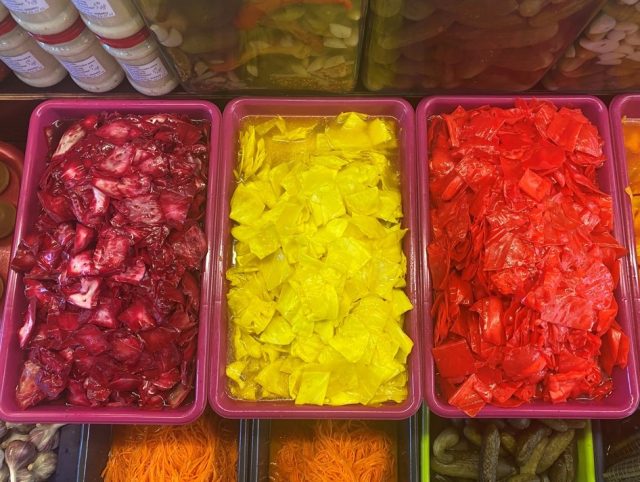
Post card from Riga, Latvia. It is the blessing of seasonality – the need to preserve foods, so as to keep them for the off-season. Latvia is one such place where there has throughout histroy been a huge challenge to survive the cold winter months when no food is produced. It has a rich a long tradition of local food preservation – pickling, drying, salting, smoking and fermentation. Cabbage, tomatoes, cucumber, garlic, beans, berries, but also milk, octopus, herring and other fish have a history of preservation. Much of it is continues as a small business activity and the impressive Central Market in Riga is like an immense live museum of food preservation.
Preserving is not only about keeping the food from spoiling: it may also enhance the quality of food – spices may be added to the pickled food that enhance their taste along the brine of salt, sugar and vinegar in which they are immersed. Different colors add to the culinary pleasure. Similarly smoking changes food texture and adds distinctive flavor and the choice of wood to use is important.
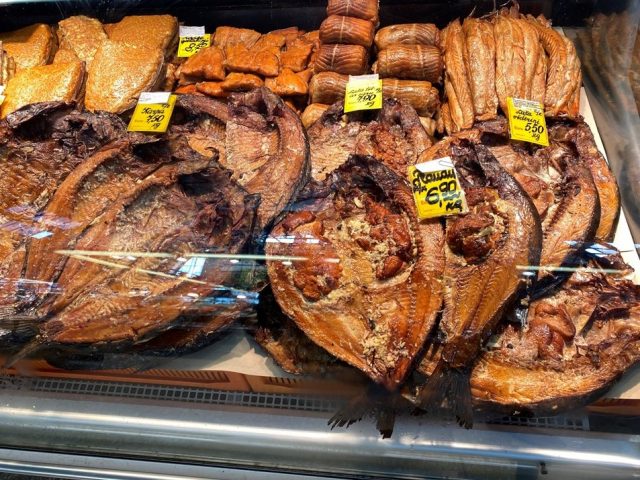
Among all the methods of preservation fermented food is a category of its own. Fermented foods are foods and beverages that have undergone controlled microbial growth and fermentation. Fermentation is an anaerobic process in which microorganisms like yeast and bacteria break down food components (for instance sugars such as glucose) into other products (like organic acids, gases or alcohol). This creates the unique and desirable taste, aroma, texture and appearance. There are thousands of different types of fermented foods: in Latvia sauerkraut, but also in sour dough bread, ciders, kefirs and fermented beech juice. All over the world there are thousands of applications – using natural bacteria or special yeasts in different degrees of control.
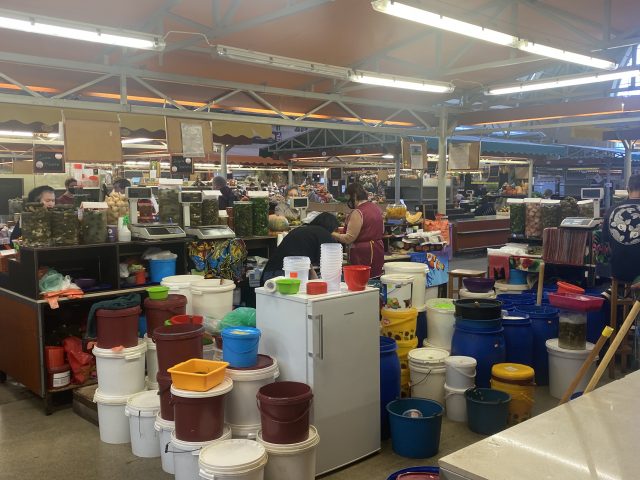
Fermented food also often come with a bonus. The food that are fermented are nutritious in their original form, but through fermentation additional health benefits in the shape of probiotics and prebiotics may be added. Probiotics are the so-called ‘good’ bacteria. What they among others do is to improve the gut environment and support a healthy immune system.. Whereas is in commercially produced foods these probiotics may be killed in the process of pasteurization, in local production still usually are still going strong. In addition to pro-biotics fermented foods contain prebiotics. These are special sugar molecules that the body microorganisms, such as gut bacteria, feed on to live and thrive.
Though local food preservation has many long local histories, it is useful to project this into the future. As tastes develop, it is important to keep innovating and improving with local food preservation to add to the quality of food and life and the diversity of services in the local economies.

